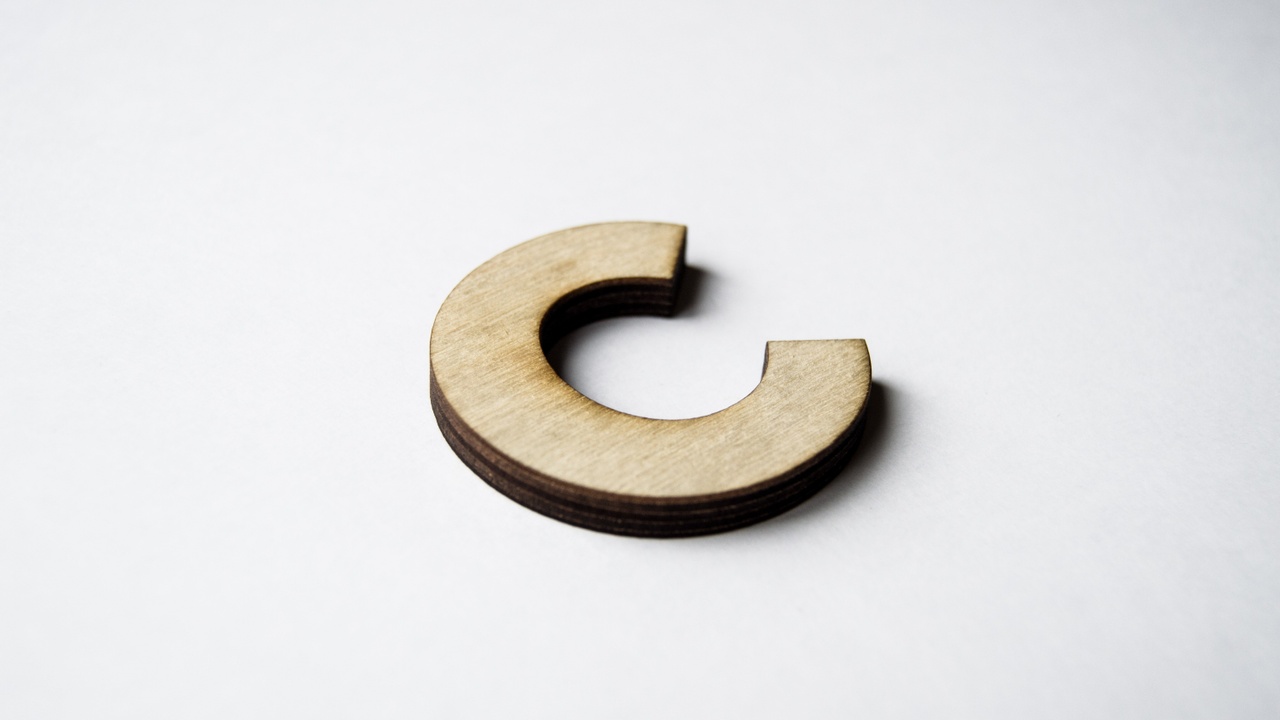Effective Communication Between Sound Engineers and Musicians
Feb 23, 2021
Photo by Nikhil Mitra on Unsplash
Communication!
It’s so important to have clear, open lines of communication with the artist/band/client.
Whether you are hired to mix one show or a tour, the first thing you need to do after introducing yourself is find out what the artist's/band’s/client’s needs are.
If it’s a band, what does the stage plot and input list look like?
If it’s a client for a corporate gig or public speaking engagement, how many microphones do they need? Hard-wired or Wireless? Lav, headset, or handheld? Do they need monitors? Music or audio playback? Etc.
Next, find out what expectations they have.
If it’s a band, what do they want their show to sound like? Do they have specific ideas about their sound, e.g.,
- Solid thumping Bass
- Strong vocal harmonies
- Keep the acoustic guitar equal in level with the lead vocal
- Make it sound like the record
- Etc.
If it’s a client, are there any audio playback cues that you need to execute? Will the microphones be shared by several people? Do you need to provide ambient music? Etc.
When you are working directly for an artist or band, building a rapport with them will help keep the lines of communication open. If they had a rough night with their monitor mix, you’ll need to be able to have a conversation about it so you can ferret out the details of what needs to be adjusted or fixed.
If you had some issues with the FOH mix because you just had a rough night mixing, you’ll need to be as forthright with that as you would if the sound system was inadequate or the room acoustics were terrible, when the lead singer tells you they had some reports that the sound was not so great.
Assuring the artist ‘I’m here for you’, and that you’ll be working through any technical issues to make sure their needs are met, is important, and it’s also important to follow through.
Keep the lines of communication open, it builds trust and inspires confidence.
By: Michelle Sabolchick
Get Exclusive Mixing Tips and Content That I Only Share With Email Subscribers
I hate SPAM and will never sell your information, for any reason.




